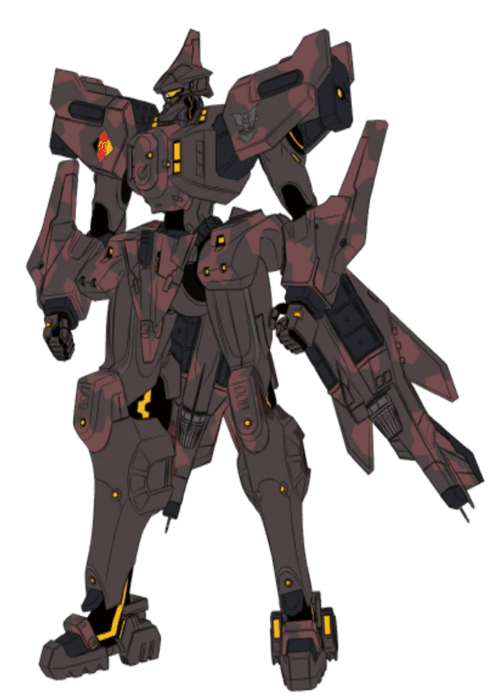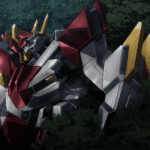
Mecha Profile: MiG-27 Aligatori – Muv-Luv Alternative
The BETA War is an ever-changing war, the demand for newer, better hardware to combat the alien threat is always high. For frontline nations like the Soviet Union whose territory was directly threatened by the BETA, having stronger TSF is essential. And with the MiG-23 Cheburashka‘s underwhelming performance, Mikoyam Guluvich needed another TSF to bolster the frontline, and the MiG-27 Aligatori was born.
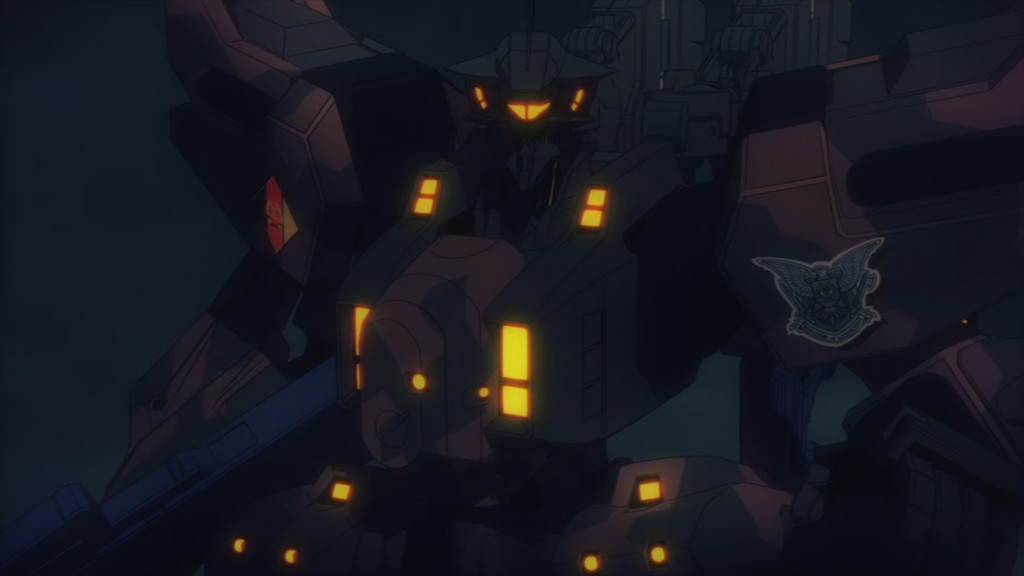
I. Development History:
– After only 3 years of deployment, the MiG-23 Cheburashka received underwhelming reception from the frontline Soviet Union troops, in addition to the poor state of deployment model due to being rushed, as well as lack of experienced support crew. Hence many of them were recalled for a quick refurbishment. Mikoyam Guluvich later announced that there were no problems with the unit, and used East German’s Stasi troops outstanding result as reference, however, this made the Party’s high official lost face, and they ordered Mikoyam to submit another proposal to resolve the situation.
– Mikoyam later submitted a refurbishment plan for the quasi-2nd generation craft, but in fact it was more of a re-design than an upgrade. The proposal primarily focused on removing the stigma of the MiG-23, so changes were made to various components, especially to the head and forearms – which are the most noticeably points that sway the impression of the craft. Furthermore, 90% of the new craft would be built with new, different parts, so they gave it a new formal designation: the MiG-27 Aligatori to completely distance itself from the Cheburashka.
– To prevent history from repeating itself with the MiG-27, Mikoyam performed extensive combat trial in East Germany first before deploying it to the Soviet frontline, particularly in the hands of the Stasi’s Beatrix Brehme. Thanks to the testing effort, the Aligatori received appropriately high praise from frontline personnel. Unfortunately, 1 year earlier than the formal deployment of the MiG-27 – in 1982 – the F-14 Tomcat was deployed as the world’s first 2nd-generation TSF. This unfortunately caused the MiG-27 to be mocked as being instantly obsolete from the first days of its deployment in 1983.
– Even though the MiG-27 wasn’t deployed with ideal conditions, it still continued to support the core of the Eastern Bloc militaries as well as the Soviet Armed Forces until the 1990s – when more advanced TSF such as the Su-27 Zhuravlik and Su-37 Terminator was deployed. As of 2001, the MiG-27 and refurbished MiG-23 still makes up about 40% of the Soviet Armed Force’s TSF, which is a testament to their reliability and maintainability.
– After only 3 years of deployment, the MiG-23 Cheburashka received underwhelming reception from the frontline Soviet Union troops, in addition to the poor state of deployment model due to being rushed, as well as lack of experienced support crew. Hence many of them were recalled for a quick refurbishment. Mikoyam Guluvich later announced that there were no problems with the unit, and used East German’s Stasi troops outstanding result as reference, however, this made the Party’s high official lost face, and they ordered Mikoyam to submit another proposal to resolve the situation.
– Mikoyam later submitted a refurbishment plan for the quasi-2nd generation craft, but in fact it was more of a re-design than an upgrade. The proposal primarily focused on removing the stigma of the MiG-23, so changes were made to various components, especially to the head and forearms – which are the most noticeably points that sway the impression of the craft. Furthermore, 90% of the new craft would be built with new, different parts, so they gave it a new formal designation: the MiG-27 Aligatori to completely distance itself from the Cheburashka.
– To prevent history from repeating itself with the MiG-27, Mikoyam performed extensive combat trial in East Germany first before deploying it to the Soviet frontline, particularly in the hands of the Stasi’s Beatrix Brehme. Thanks to the testing effort, the Aligatori received appropriately high praise from frontline personnel. Unfortunately, 1 year earlier than the formal deployment of the MiG-27 – in 1982 – the F-14 Tomcat was deployed as the world’s first 2nd-generation TSF. This unfortunately caused the MiG-27 to be mocked as being instantly obsolete from the first days of its deployment in 1983.
– Even though the MiG-27 wasn’t deployed with ideal conditions, it still continued to support the core of the Eastern Bloc militaries as well as the Soviet Armed Forces until the 1990s – when more advanced TSF such as the Su-27 Zhuravlik and Su-37 Terminator was deployed. As of 2001, the MiG-27 and refurbished MiG-23 still makes up about 40% of the Soviet Armed Force’s TSF, which is a testament to their reliability and maintainability.

II. Technical Specs & Armaments:
– The Aligatori stands at 17.7-meter, utilizing two K-35-300 Jump Units. The variable-wing mechanism is still present on the Jump Unit’s aileron like the Cheburashka albeit with a different nose shape to increase durability. It deployed just 1 year after the debut of the first 2nd-generation TSF – the F-14 Tomcat. Even though both are 2nd-gens, the F-14 tech was more advanced than the MiG-27 – hence why people said it was obsolete on day one.
– In terms of appearance, the MiG-27 features a different head with a larger sensor mast and a smaller wire-cutter which resulted in a better target acquisition and identification capabilities. The forearm knife sheaths are also enlarged to improved close-combat abilities. The rest of the airframe structure is very similar to the MiG-23, but over 90% of the parts are newly designed components. Overall, the MiG-27 has higher mobility, better operation uptime, as well as enhanced close-combat capabilities compared to its predecessor. Thanks to extensive testing, the maintainability was also increased.
– The MiG-27 can be equipped with the standard WS-16 Autocannon and the DS-3 Multi-purpose Supplemental Armor. It can also equip the Type-77 Battle Halberd. The WS-16 Autocannon uses the standard 36mm shell and 120mm smoothbore attachment. The Knife Sheaths on the Forearms are enlarged and equipped with a new type of combat dagger which resemble a machete. It was developed independently by the Soviet Union.
III. Variation:
IV. Trivia:
– The real-life MiG-27 isn’t named “Aligatori” but its NATO reporting name is “Flogger-D/J”. The name “Aligatori” – which means Aligator – is likely inspired by Gena the Crocodile – an iconic Soviet literature character which was created by the creator of the Cheburashka character as well.
V. Gallery:
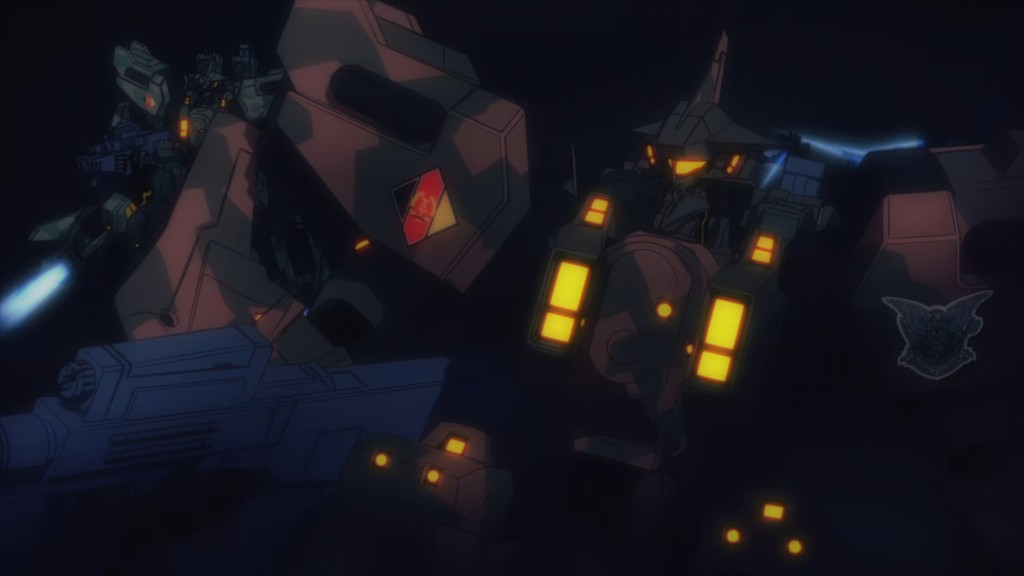



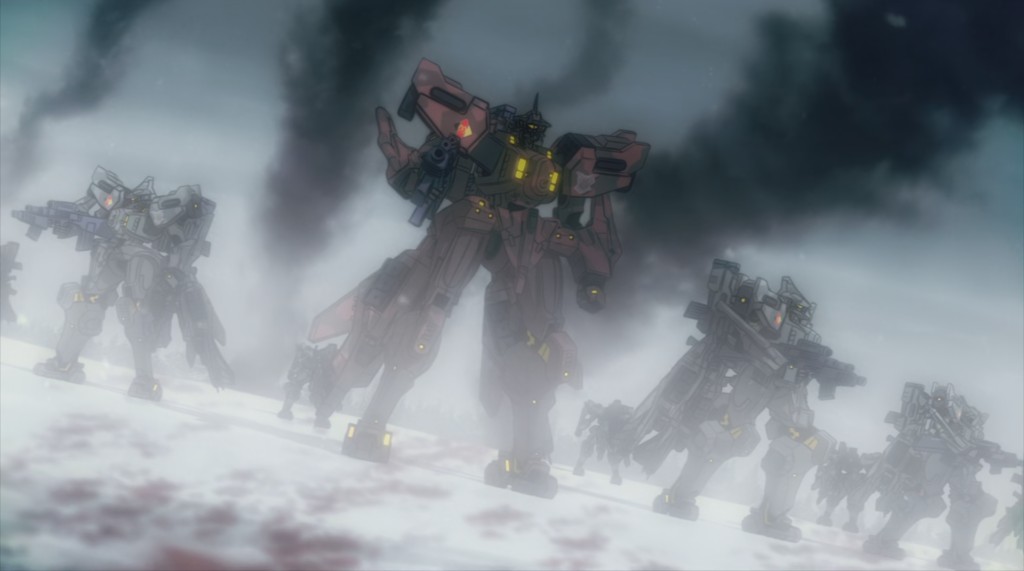



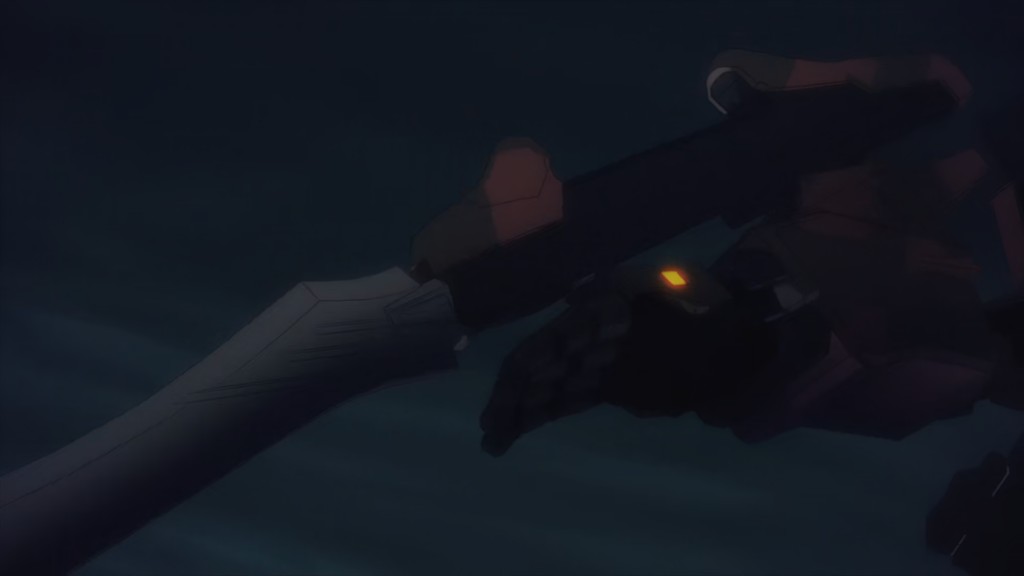
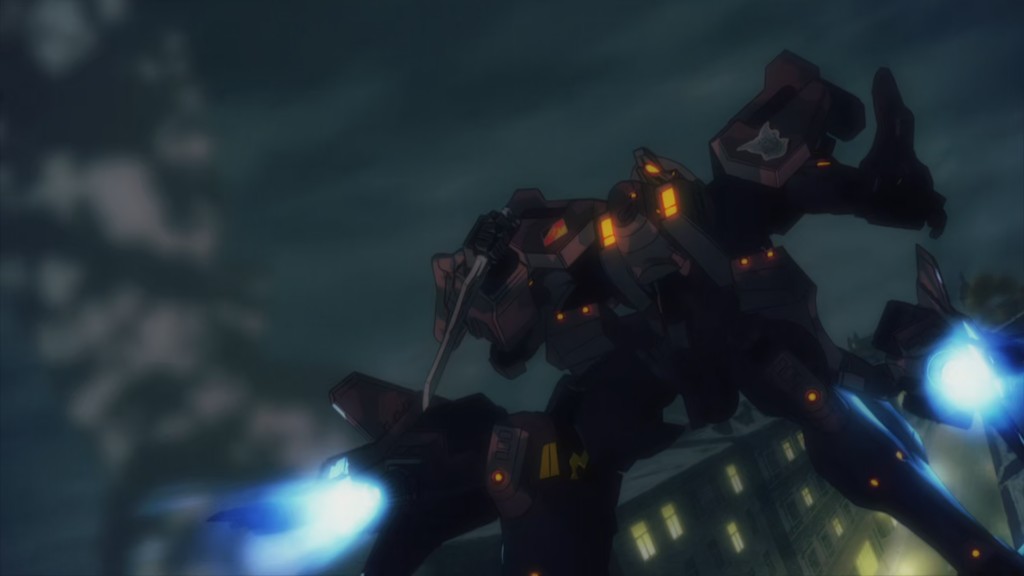
Swipe to see more:
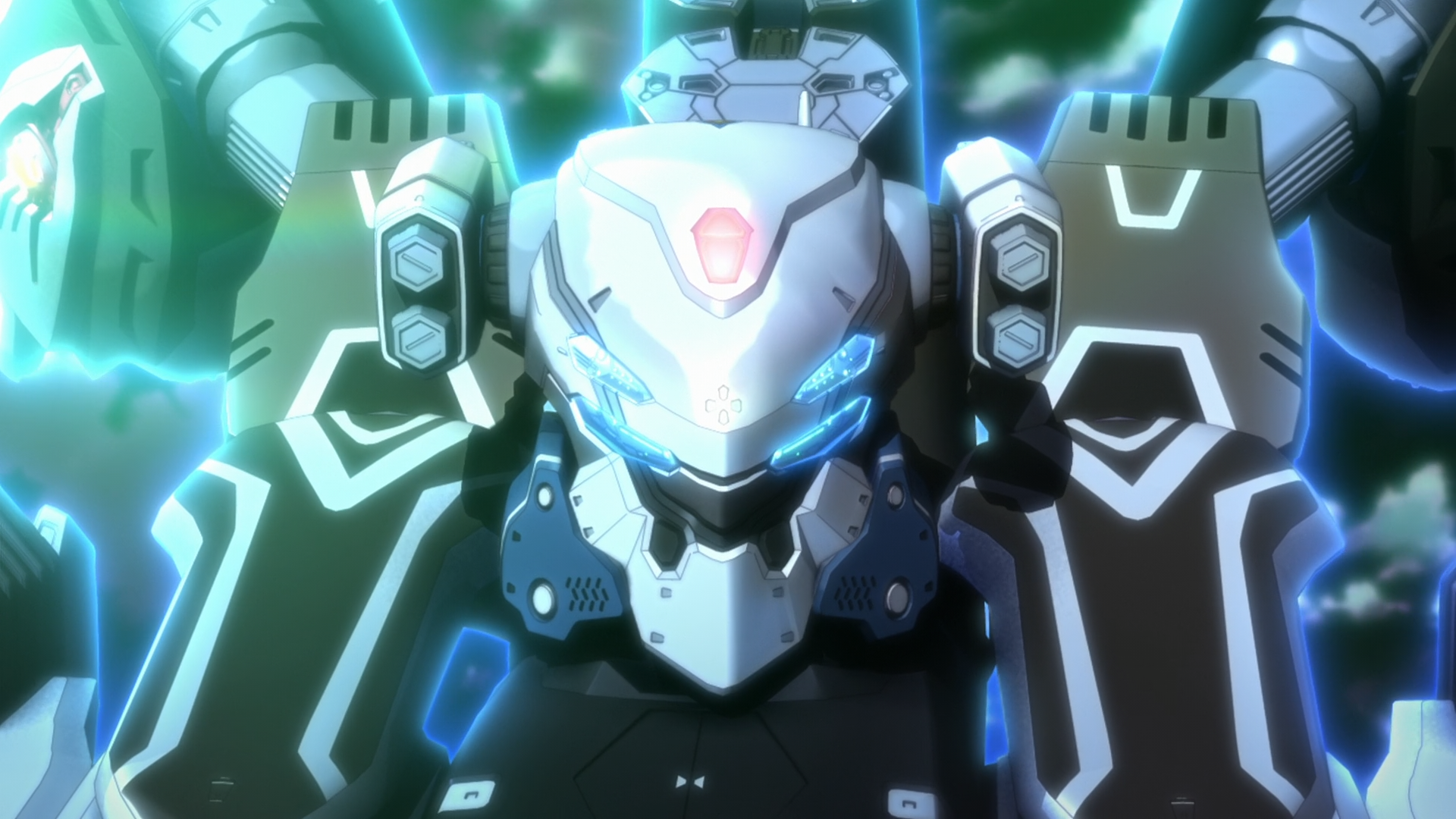
Mecha Profile: Aquarion Gepard – Aquarion EVOL
The 3rd form of the Aquarion EVOL is a walking artillery of destruction – literally. The Aquarion Gepard has enough firepower to even shoot through dimensions.
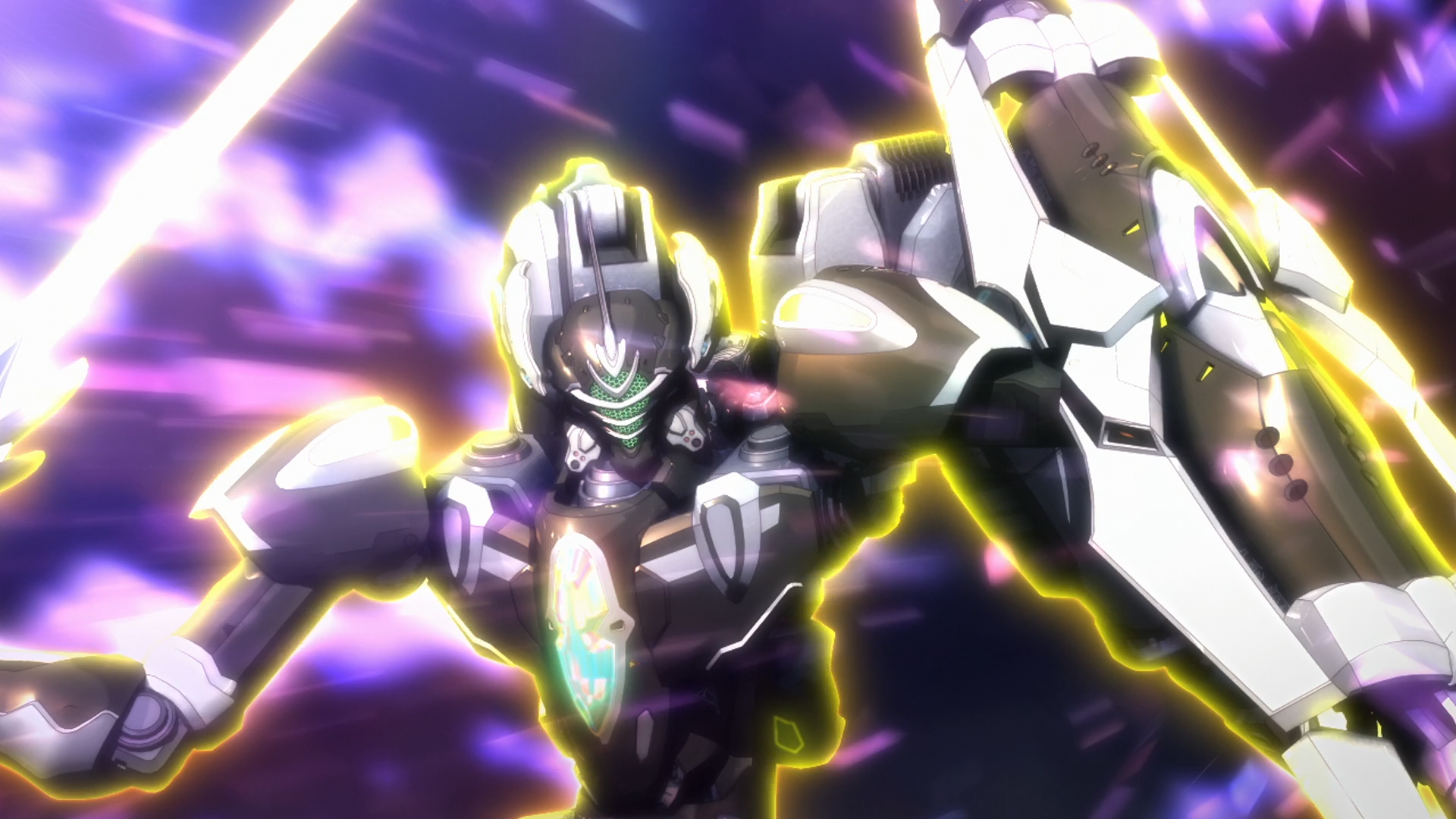
Mecha Profile: Aquarion Spada- Aquarion EVOL
The unbeatable melody of the sword – Aquarion Spada is Evol’s 2nd form. With a strong resemblance to a swordsman, the Spada is a key element in unlocking the myths of 12,000 years.
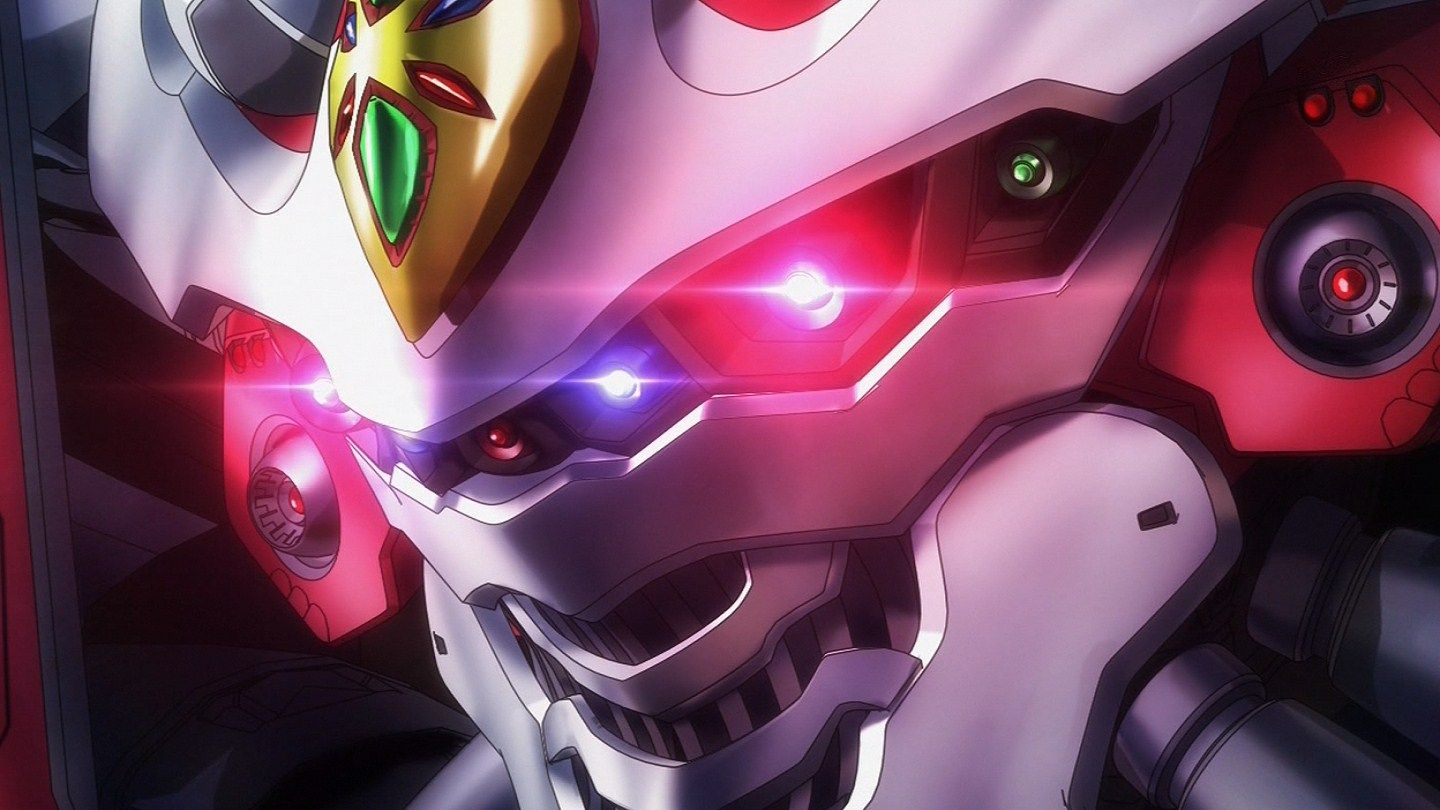
Mecha Profile: Aquarion EVOL – Aquarion EVOL
After 12.000 years, the Mechanical Angel awakens once again. Fighting for the love that span millennia, the Aquarion EVOL once again unlocks the past that was sealed within.
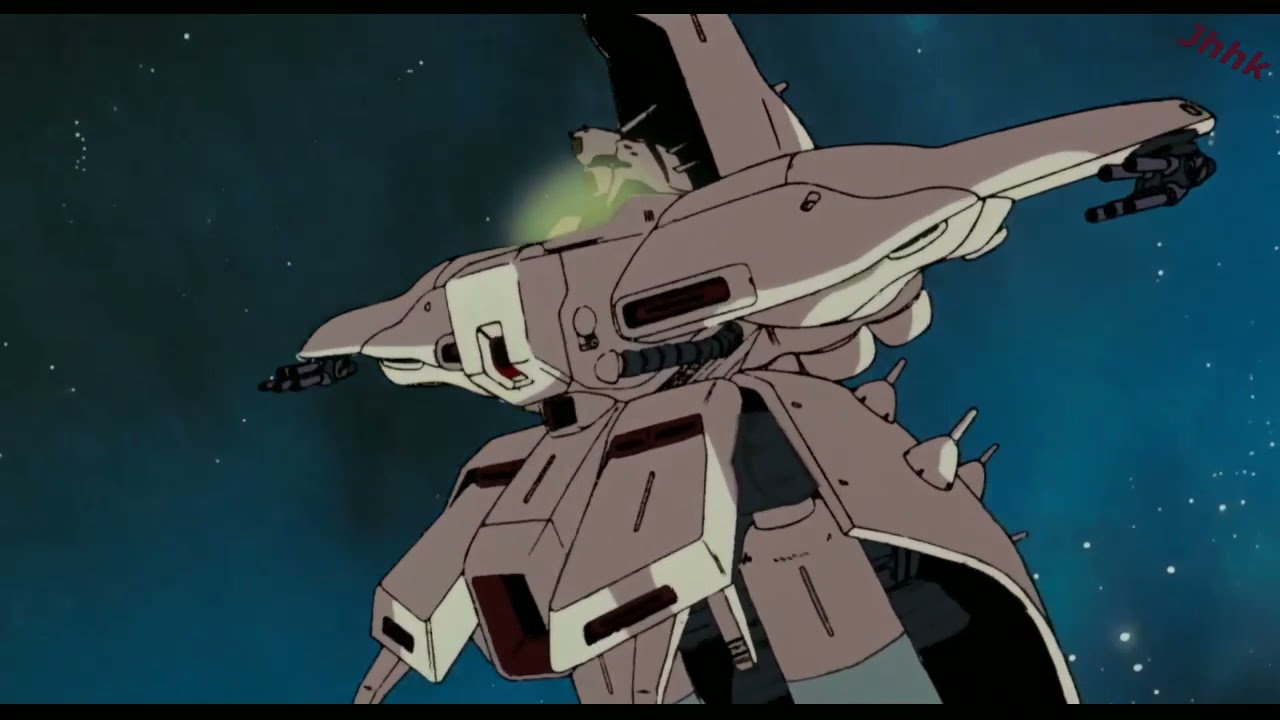
Mecha Profile: NZ-333 Alpha Azieru – Char’s Counterattack
The big and familiar looking NZ-333 α Azieru rumbles the battlefield for the newly formed Neo Zeon. Ironically, it was piloted by a young and naive Newtype girl.

Mecha Profile: MRX-009 Pyscho Gundam
Gundams are already a terrifying sight to see for regular pilots in their mass-produced mobile suits but what if a Gundam gets even larger, stronger and even transformable? The 40-meter Psycho Gundam strikes fear in their eyes.
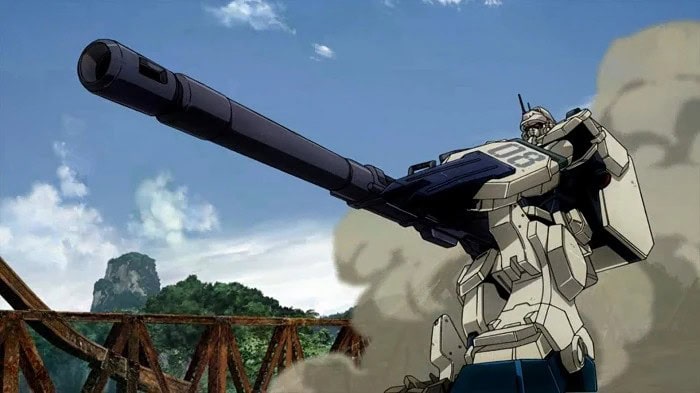
Mecha Profile: RX-79[G]Ez-8 Gundam Ez8
Some pilots want their Gundam extra thick because they keep getting shot at so instead of dodging, perhaps increasing its armor is a better choice, an armor so thick they were made from the enemies themselves – the Ez8 Gundam.

Mecha Profile: MS-07B-3 Gouf Custom
Oh boy it’s definitely not a Zaku! The Gouf Custom is a fine choice for Zeon’s aces that prefer lighter mobile suits for close quarter combat over the mass-produced Zaku II.
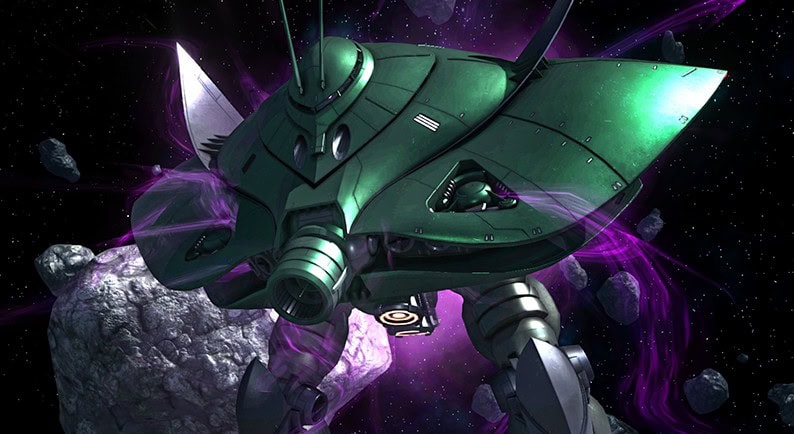
Mecha Profile: MA-08 Big Zam
This iconic and recognizable giant chicken-legged mobile suit – or mobile armor to be exact has made its debut to the Universal Century during One Year War – the Big Zam.
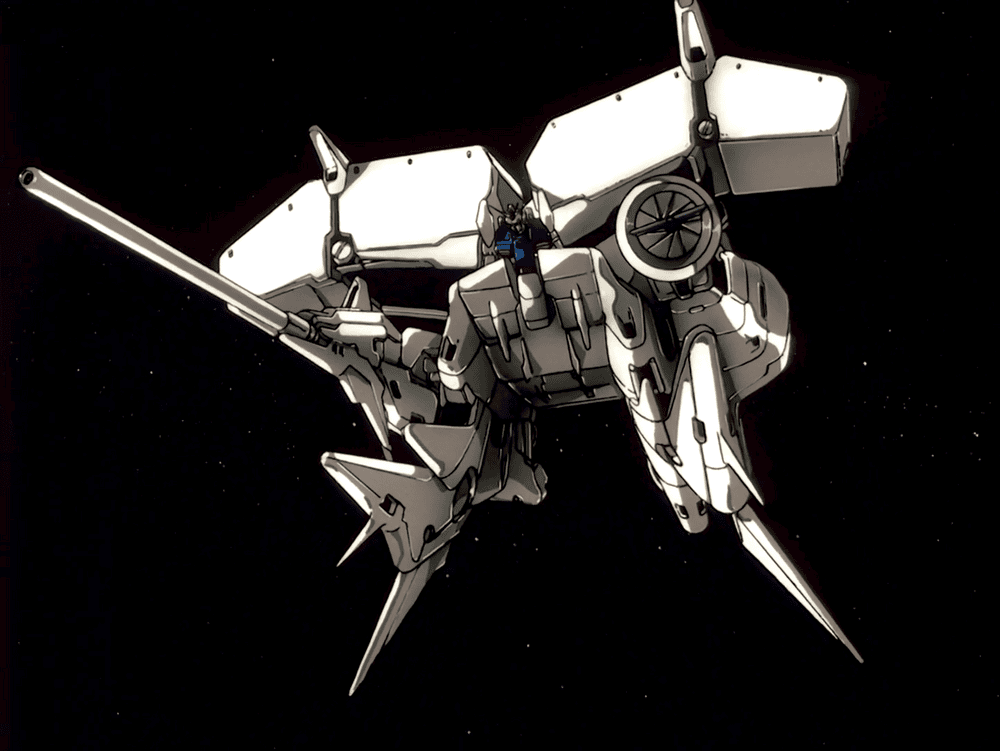
Mecha Profile: RX-78GP03 Gundam Dendrobium
A robot with a gigantic weapon pack on its back is undoubtedly one of the coolest ideas anyone can come up with and the Gundam Dendrobium is here to fulfill everyone’s dream of such. Piloted by the famous carrot hater via ace pilot – Kou Uraki, it soared through war-torn space in the middle of the Delaz Conflict.
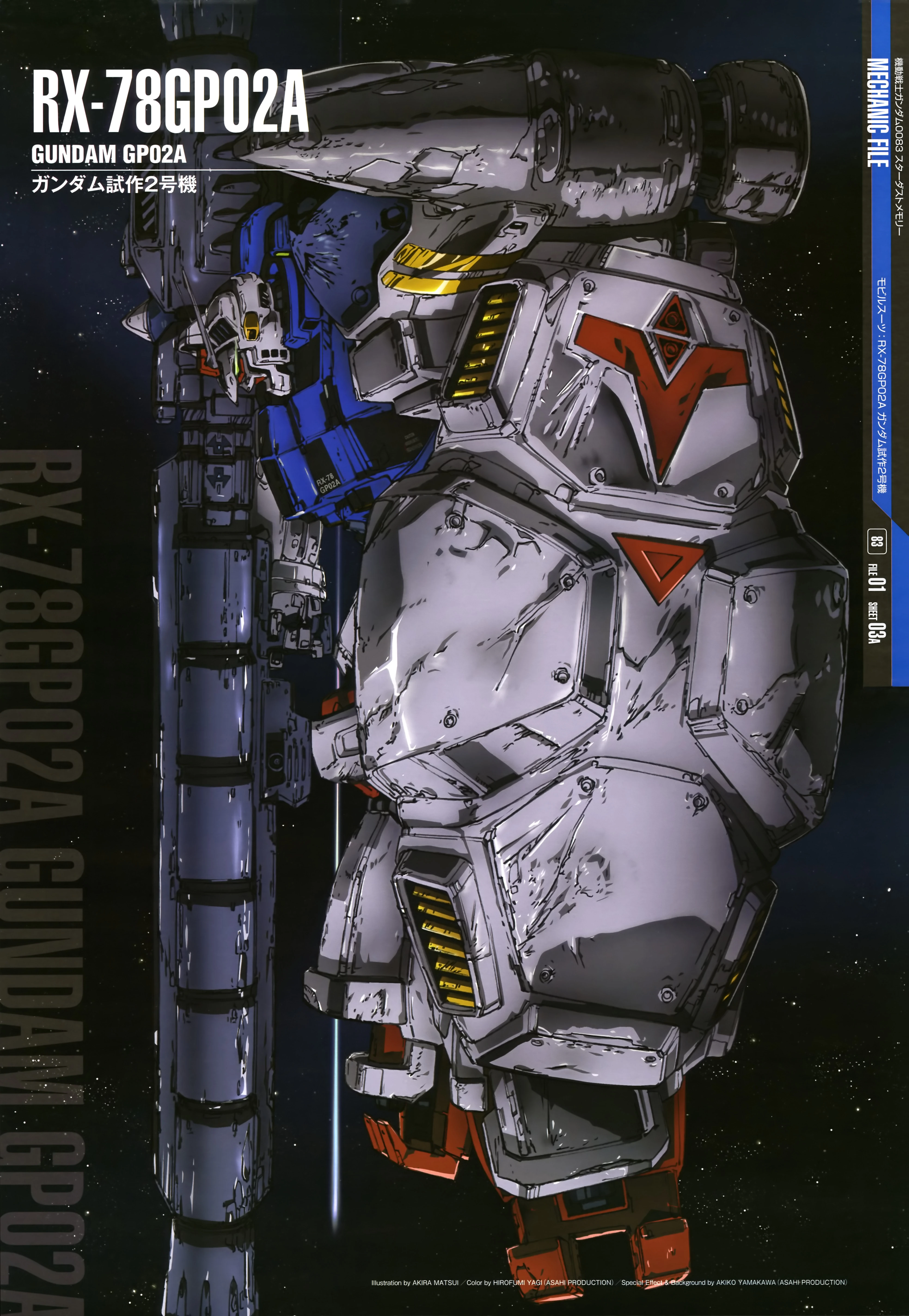
Mecha Profile: RX-78GP02 Physalis – Gundam 0083: Stardust Memory
Bulky yet very maneuverable, Gundam Physalis is one big nuclear threat that looms over U.C.0083.

Mecha Profile: RX-78GP01 Zephyranthes – Gundam 0083: Stardust Memory
Flowers that blossom on the battlefield are the strongest kind. The Gp-01 Zephyranthes is a high-mobility Gundam that returned to Gundam’s root with a core fighter.

Mecha Profile: Gundam Z – Hyaku Shiki
An ambitious project to build a Mobile Suit that would last a hundred year. Cladded in a golden color is the Hyaku Shiki – aka Type 100 – which was Lt. Quattro’s personal mobile suit.

Mecha Profile: Gundam ZZ – Qubeley
A machine fitting for the queen of Neo Zeon. The Qubeley is a special machine made for a special pilot. Its funnel dominate the battlefield.
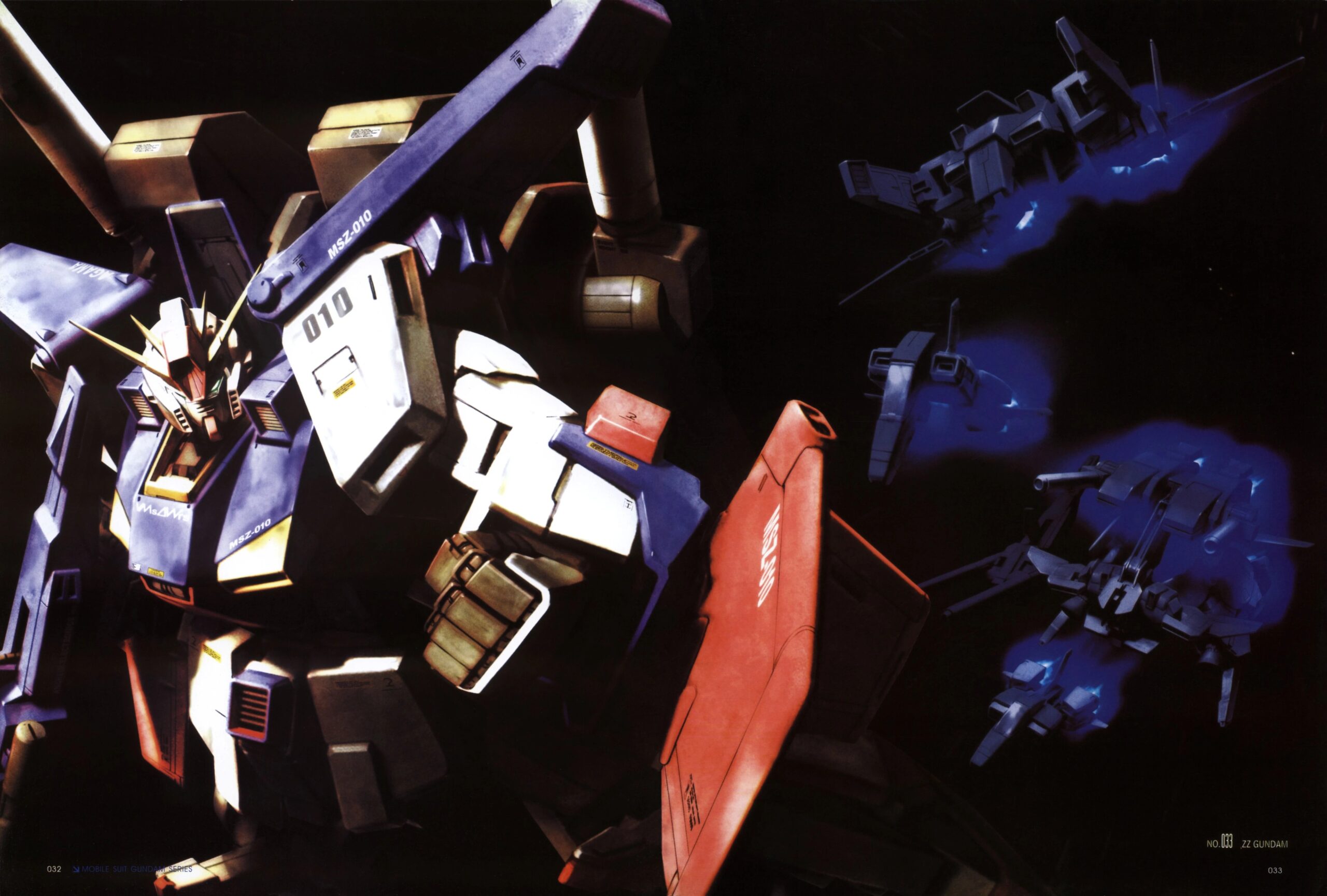
Mecha Profile: Gundam ZZ – ZZ Gundam
Power overwhelming! One of the main Gundam with the highest firepower pre CCA. The ZZ Gundam is an all-in-one combiner that was pivotal in the war against the Neo Zeon.
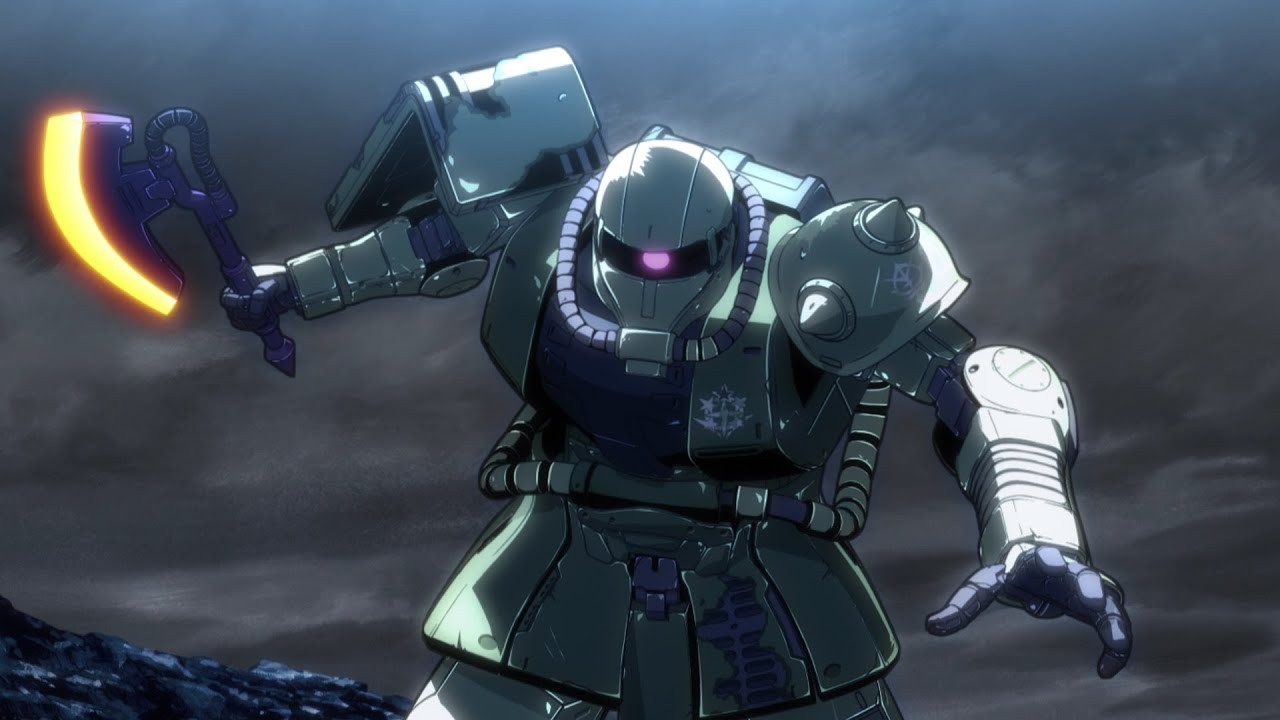
Mecha Profile: Gundam 0079 – MS-06 Zaku II
The backbone of the Principality of Zeon in the One Year War. The Zaku is not a super prototype, but its reliable performance has brought Zeon many victories – especially when Char Aznable pilot it.

